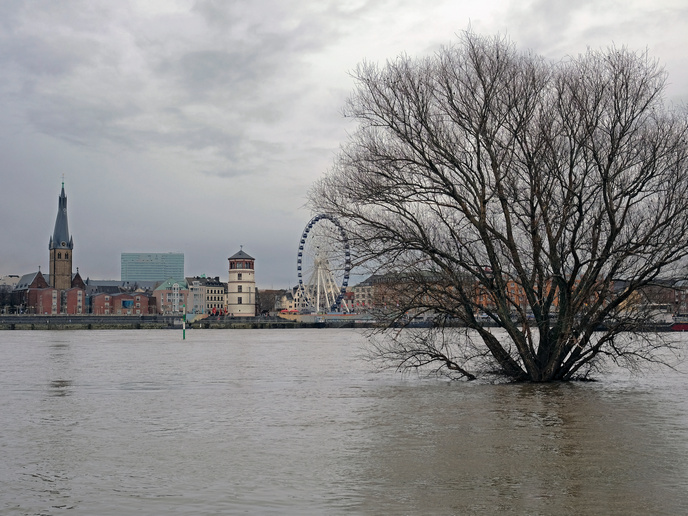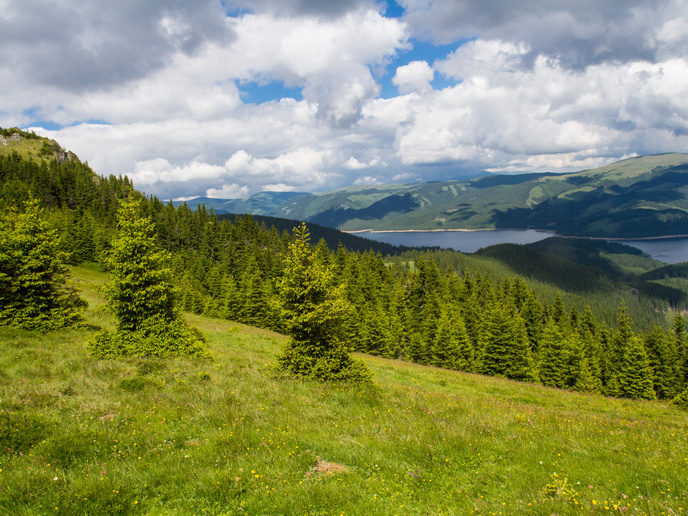Nature-based solutions to curb effects of climate emergency
Extreme weather events caused by climate change mean an increase in the severity of hydro-meteorological phenomena. One result is an increase in sediment and pollution from river catchments flowing into the marine environment, threatening ecosystems and the biodiversity they contain. The EU-funded OPERANDUM project addressed this challenge by harnessing the power of nature-based solutions (NBS) to mitigate negative impacts. Silvana Di Sabatino, project coordinator and professor of atmospheric physics at the University of Bologna, highlights the importance of Open Air Laboratories (OALs) in revolutionising hydro-meteorological risk management. “The most significant hydro-meteorological phenomena affecting Europe are river flooding, droughts, landslides, and coastal erosion,” says Di Sabatino. She explains that OPERANDUM's ambition is to address and overcome barriers through OALs. “The aim of these OALs is to produce innovation, to drive the change in current practices of land planning and improving resilience to hydro-meteorological hazards.” Nine Open Air Laboratories (OALs) were established in seven European countries and China.
Using nature to adapt landscapes
Compared to traditional Living Labs, OALs focus on large regions, such as rural or coastal areas, with the role of NBS at the centre. “The OALs allow us to define the methodological steps that are required to reach the mitigation of the risk starting from data availability, level of acceptance, monitoring equipment, modelling tools, legislation pathways, and maintenance over the long term,” says Di Sabatino. One of the OALs was located in the Elbe valley in Lower Saxony, not far from the site of the 2021 floods that killed more than 220 people in Europe. There, people’s lives are now threatened by extreme flooding caused by increasingly frequent and heavy rainfall. In practice, this meant using hydraulic modelling to identify the narrow sections of the Elbe that would overflow during heavy rainfall and should be kept free of tall vegetation to facilitate the drop in water level. Di Sabatino also pointed to the OAL at Volano Beach that is part of The Po Delta Biosphere Reserve in north-east Italy. The Po delta boasts a unique identity and biodiversity with ecosystems ranging from coastal sand formations, lagoons, fishing ponds, marshes, vegetated dunes, coastal pine forests, brackish wetlands to cultivated land. This low-lying area is exposed to storm surges related to the Sirocco wind and frequently inundated by the sea, causing coastal erosion that threatens both the surrounding ecosystems and the local community. Project partners are combatting this danger by constructing artificial dunes made up of biodegradable materials –wood logs and coconut geotextile – and sand that mimic natural dunes. These structures are covered with native vegetation that traps sand, stabilising and reinforcing the dunes, which act as a natural barrier between sea and land to mitigate storm surges and coastal erosion, and help conserve biodiversity both on land and in the sea.
Foundation for the future
Among European citizens the central goal was to increase awareness, says Di Sabatino. “In previous projects NBS have been viewed as a potential solution to improve the liveability of the cities and access to more comfortable environments.” However, the 26 partners involved in OPERANDUM tackled risks derived from extreme weather events that need to be mitigated. “This means that an emphasis on testing, verification and validation of the solutions is mandatory. The full impact of NBSs on OALs though is still under evaluation,” says Di Sabatino. But these are only the first steps. The project has provided a science-based methodology, including design protocols, for future scientists and engineers to mitigate hydro-meteorological risks and their impact on marine ecosystems and biodiversity. In the future, up-scaling and replication will be needed to reap the long-term benefits of the NBS.
Keywords
OPERANDUM, NBS, extreme weather, hydro-meteorological, farmers, flooding, Nature-based solutions, Open Air Laboratories, hydraulic modelling







